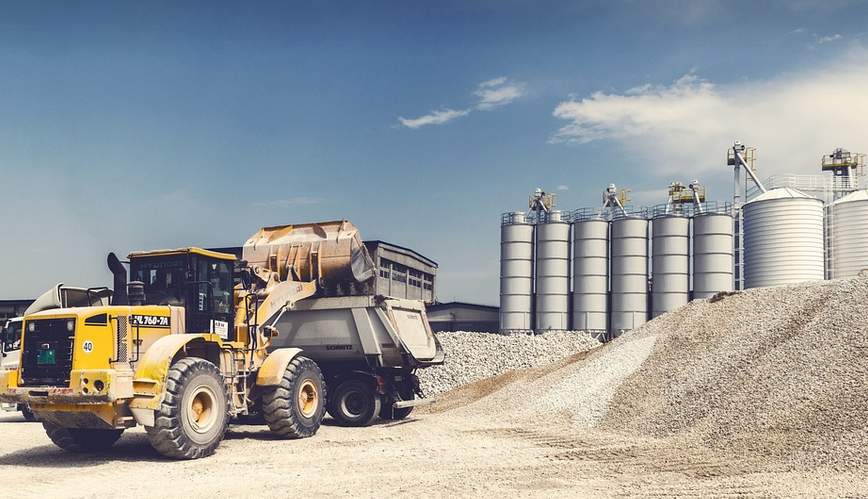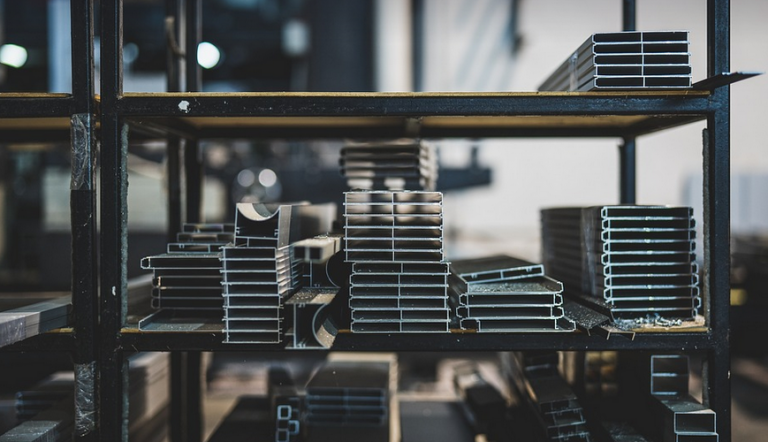
What is HDPE Plastic Welding?
HDPE, or high-density polyethylene, is a ubiquitous material found in countless applications, from pipes and containers to toys and furniture. Its resilience, versatility, and affordability have cemented its place as a favorite choice for engineers and manufacturers alike. However, like any robust material, HDPE can suffer damage, wear, and tear – requiring timely repair. Enter the world of plastic welding, where specialized rods become your trusty companions in restoring strength and functionality to cracked or damaged HDPE surfaces.
Why Choose HDPE Plastic Welding Rods?
HDPE plastic welding rods are specifically designed for the task of fusing polyethylene together. These robust tools offer a number of advantages over traditional methods, making them an ideal solution for various industrial applications:
- Precise Control: Welding rods allow for high-precision repairs, offering control over the molten material flow. This precision is crucial when working on complex geometries or attempting to repair delicate structures.
The Chemistry of HDPE Welding
The magic behind HDPE welding lies in their unique composition. These rods are carefully formulated using specialized polymers and additives that undergo a process known as melt processing. This transformation allows the rods to fuse HDPE materials at high temperatures, creating a strong and durable joint.
How to Use HDPE Welding Rods for Success
Successful welding hinges on understanding the nuances of this technique:
- Choosing the Right Rod: The selection process starts with choosing the correct rod. Consider factors like the thickness of the HDPE being welded, the required joint strength, and the desired weld style (linear, butt, or fillet).
- Pre-heating: Before applying the welding rods, preheating your HDPE pieces is crucial to melt the material smoothly.
- Fusion Point: The welding process requires careful attention to the fusion point. This refers to the temperature at which the HDPE begins to melt and bond.
- Torch Control: The precision of your weld relies heavily on your torch control. A steady hand and precise movement will ensure a clean, strong, and visually appealing joint.
The Benefits of HDPE Welding Rods
HDPE welding rods offer numerous benefits that make them a popular choice for repairing various applications:
- Durability: The result of welding is a robust joint with excellent resistance to wear and tear.
- Cost-effectiveness: Compared to other repair methods, HDPE welding rods often prove cost-effective in the long run.
- Speed & Efficiency: Welding requires less time compared to other repair methods, making it an efficient option for projects with tight deadlines.
- Safety: When used safely and correctly, HDPE welding offers a relatively safe method of repair.
Real-World Applications of HDPE Welding Rods
HDPE welding rods find applications in diverse industries where their strength and durability are essential:
- Construction: Repairing pipelines, tanks, and storage containers is made easy with the precision of HDPE welding.
- Manufacturing: Welding is used for joining machinery parts, conveyor belts, and various other components.
- Automotive: Replacing damaged panels on cars and repairing exhaust systems are possible through efficient use of welding rods.
- Agriculture: Repairing irrigation pumps and building structures in farms can benefit from the durability of HDPE welding.
The Future of HDPE Welding
As technology advances, new developments are poised to enhance the functionality and efficiency of HDPE welding. These advancements could include:
- Automated Systems: The use of automated systems will streamline the welding process
- Lightweight Rods: Lighter, more durable rods may improve performance in specific applications.
- Smart Welding Tools: Integration of smart technology with welding tools will allow for real-time monitoring and analysis.
Conclusion
HDPE plastic welding plays a vital role in repairing various materials, from pipes to furniture. By understanding the principles behind this process, selecting the right rod, and embracing proper techniques, you can ensure strong, lasting repairs that extend the lifespan of your HDPE components.


